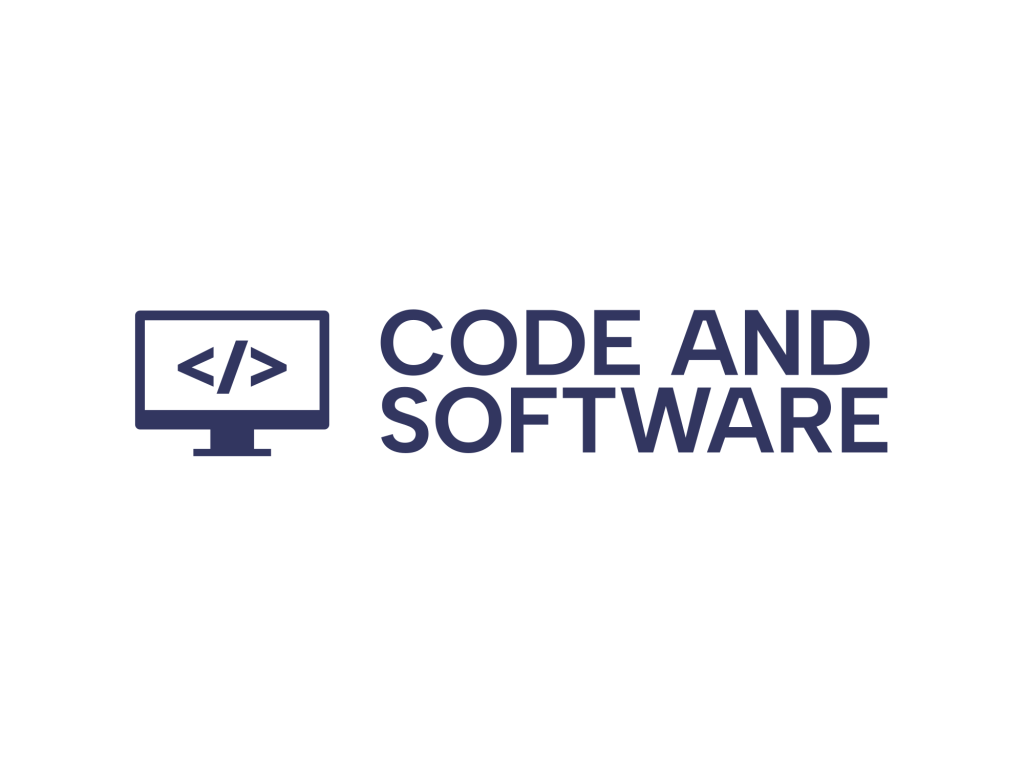First impressions matter. Especially online, where users form opinions about your website in mere seconds. A landing page is often the first interaction a user has with your brand, and its effectiveness can make or break your marketing efforts. That’s why it’s essential to implement a quick yet thorough audit system to evaluate your landing pages. Welcome to the 10-Second Audit for landing page heuristics—a repeatable, no-fluff checklist that allows you to immediately identify critical weaknesses in your page’s design, messaging, and structure.
Why a 10-Second Audit?
In marketing, time is precious. Whether you’re a UX designer, marketer, or business owner, having a repeatable method to quickly assess a landing page can save you hours of guesswork and significantly improve conversion rates. The 10-second audit leverages key heuristics to surface issues that matter most to users—those first vital seconds when they decide whether to stay or leave.
The Heuristics Checklist: What to Look for
Below are the core elements to evaluate in any 10-second landing page audit. Each one can be checked in under a second, using both instinct and identifying UI/UX markers.
-
1. Clear Value Proposition
Can a new visitor understand what you are offering within the first 5 seconds? If your headline is vague or your layout is cluttered, your visitors may bounce before understanding your value. A clear, bold headline followed by a short, benefit-driven subheadline can instantly convey your message. -
2. Visual Hierarchy
Does your content guide users toward a next action? Visual hierarchy establishes flow—from headline to supporting text to call-to-action (CTA). Use font size, color contrast, and spacing to direct attention where it needs to go. -
3. Strong, Visible CTA
Is the primary action button easy to find and persuasive? Whether it says “Start Free Trial” or “Download PDF,” your CTA should use action-oriented language and be prominently positioned. -
4. Trust Elements
Do you immediately appear credible? Trust markers like customer logos, ratings, testimonials, security badges, or notable client names instantly enhance user confidence. -
5. Visual Consistency
Do the design elements match your brand voice and feel professional? Consistent fonts, color palettes, and quality imagery make a huge difference in perceived authority. -
6. Load Time
Did your page load within 2 seconds? You can’t evaluate anything if your visitor has already left. Use tools like Google PageSpeed Insights to pre-check this before human auditing. -
7. Scanability
Can a user skim and still understand your offer? Bullet points, short paragraphs, bolded key info, and visual cues make scanning painless. -
8. Mobile Optimization
Does it look good and work well on mobile? Non-responsive pages are a red flag. Use browser tools or your phone to check immediately. -
9. Distraction-Free Design
Are there any unnecessary elements competing for attention? Navigation bars, irrelevant links, or pop-ups without purpose can draw users away from your goal. -
10. Relevance Between Ad and Page
Is the landing page tightly aligned with the ad or source link? Users expect consistency. A mismatch here creates confusion and drops conversions.
How to Run Your 10-Second Audit
The goal is not to be exhaustive. Instead, simply open the landing page and limit yourself to 10 seconds to answer one question: “Would someone new immediately understand what this page is about and be inclined to take action?”
Here’s how to do it effectively:
- Step 1: Open the page as a first-time visitor
Use incognito mode and clear your biases. - Step 2: Count to ten
Don’t scroll. Don’t click. Pretend you’re a user deciding whether to stay or go. - Step 3: Stop and reflect
What did you remember? What confused you? - Step 4: Use your heuristic checklist
Note if you couldn’t identify any of the ten elements—these are red flags to fix.
You can do this by yourself or with a small internal team. In fact, even better if multiple people run the audit; different backgrounds often reveal different pain points.
Make It Repeatable
To bake consistency into your marketing or design team, standardize the 10-second audit into your QA process. Use a simple spreadsheet with rows for each heuristic and space for a Yes/No assessment. Over time, you’ll gather data and see patterns that help roll improvements across multiple assets.
Furthermore, conducting monthly audits across all active landing pages can alert you to gradual UX decay—slow-loading scripts, outdated designs, or inconsistent messaging.

Common Pitfalls and Quick Fixes
Let’s look at a few frequent issues that show up during quick audits, and how to deal with them:
- Vague Headline: Replace with a specific, benefit-driven statement. Instead of “The Best Marketing Tool,” say “Automate Your Campaigns and Increase ROI by 30%.”
- Conflicting CTAs: Narrow the action. Remove unnecessary buttons. One page, one goal.
- Missing Trust Signals: Insert reviews, badges, client logos—all above the fold.
- Slow Render Time: Optimize images, remove unused JavaScript, and consider lazy loading.
Quick Tools That Can Help
While the core of this audit is human-led, some lightweight tools can support or verify your instincts:
- Google Lighthouse: For performance, accessibility, and SEO recommendations
- Hotjar/Crazy Egg: User heatmaps and session replays
- ReadyMag/PageSpeed Insights: To test loading times across devices
- Copy.ai or Grammarly: Sharpen headline and CTA language

Who Should Use This Audit?
The beauty of the 10-second landing page audit is its versatility. It can serve:
- In-House Marketing Teams: Validate pages before launch or promotional campaigns.
- Agencies: Impress clients with strategic UX insights in seconds.
- Startup Founders: Quickly iterate on MVPs without hiring a full UX team.
- Freelancers & Designers: Test concepts with real value judgments.
Case Study: The 10-Second Turnaround
Consider a SaaS company that saw below-industry-average conversions from paid ads. A 10-second audit revealed a vague headline, multiple CTAs, and poor mobile layout. Within a week of updates based on the heuristic checklist, conversion rates improved by 34%.
Had they waited for months of A/B testing, those gains would have been delayed or missed altogether.
Final Thoughts
A landing page isn’t just about looking good—it’s about making decisions easy, and that’s where heuristics shine. With the 10-second audit, you give yourself and your team a disciplined, fast, and repeatable way to stay focused on what matters most: clarity, trust, and motivation for action.
Try this today with any of your active landing pages. Set a timer, use the heuristic checklist, and identify one thing to fix immediately. Then move to the next. You might be surprised at how many overlooked issues you find—and how quickly you can fix them.
The power of this quick audit lies not in its depth, but in its speed and consistency. Done repeatedly, it becomes a reflex that sharpens your landing pages into conversion machines.

